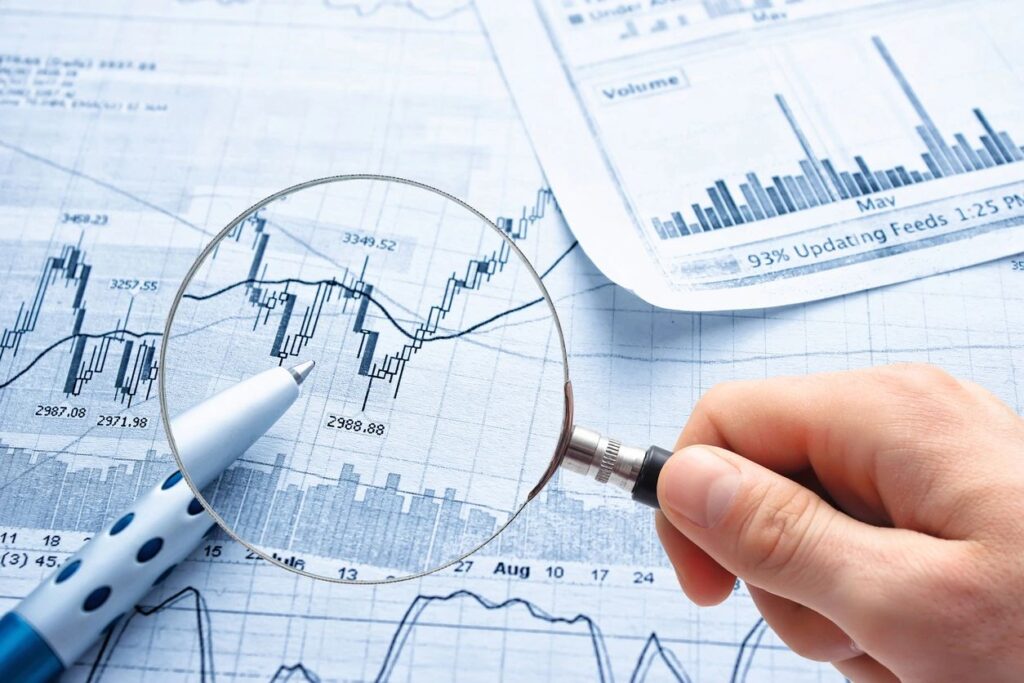Achieving True Diversification in Your Retirement Portfolio
The last few years have been a wild ride for public markets. We’ve seen record-setting tech booms, sudden crashes during COVID, and inflation-driven volatility that rattled even seasoned investors.
For retirement savers, these swings can be unnerving. When your portfolio relies solely on Wall Street, your financial future is at the mercy of unpredictable market cycles. If you’re decades away from retirement, you may have time to recover from downturns. But as you get closer to retirement age, those sharp drops become harder to stomach, and harder to recover from.

That’s why so many investors value stability and diversification. By expanding your retirement portfolio beyond publicly traded stocks and bonds, you could smooth out the highs and lows, protect your nest egg, and build a more resilient retirement plan.
Why Diversification Matters
You’ve probably heard the saying, “Don’t put all your eggs in one basket.” In investing, that’s the essence of diversification. It’s about spreading your money across different types of assets so that no single downturn can wipe out your progress.
The challenge with standard retirement portfolios is that most public market assets move together during times of crisis. Stocks and bonds, which are supposed to balance each other, often correlate during sharp downturns, leaving investors exposed when they need stability most.

For retirement savers, this volatility can have real consequences. If markets dip just before or during retirement, your account balance may shrink right when you need it to generate steady income. Fewer assets mean fewer years of security, and recovering from a major loss becomes much harder without the luxury of time on your side.
SDIRAs: Opening the Door to Alternative Assets
That’s where self-directed IRAs (SDIRAs) come in. An SDIRA is a type of retirement account that works just like a traditional or Roth IRA in terms of tax benefits, but with one major difference: investment flexibility.
Instead of being confined to mutual funds, ETFs, or a narrow slice of Wall Street, SDIRAs allow you to invest in any asset the IRS approves. This can include:
- Real estate (residential, commercial, or raw land)
- Private equity or startups
- Precious metals
- Promissory notes or private lending
- And much more
By opening the door to these alternative assets, SDIRAs give investors a way to diversify beyond the ups and downs of public markets. You can put your expertise to work in areas you understand best, while still enjoying the tax-deferred or tax-free growth of an IRA.
The Power of Diversification in Action
Let’s put diversification into perspective with a simple scenario. Imagine two investors, each with a $250,000 retirement portfolio.
Investor A
Keeps 100% of their funds in the stock market. During strong years, their account grows quickly. But when the market dips (say, during a recession) they can lose tens of thousands in a matter of months. If a major downturn hits right before retirement, Investor A may be forced to delay retirement or reduce withdrawals to avoid the depletion of their portfolio.
Investor B
Holds a self-directed IRA (SDIRA) with a diversified portfolio: 60% public market assets and 40% alternative assets like real estate and private lending. While their growth during bull markets may not always match Investor A’s highs, their portfolio is far less vulnerable during downturns. The steady income or loan repayments from their alternative assets provide consistent cash flow and help preserve principal.
The Outcome
When the market swings, Investor A rides the rollercoaster, big gains followed by painful drops. Investor B, however, experiences steadier, more predictable growth. That stability can be crucial when approaching or living in retirement, ensuring they can count on a reliable income stream without worrying about timing the market.
Tax Advantages of Using an SDIRA for Alternatives
SDIRAs offer all of the same tax advantages of any other IRA.
With a traditional SDIRA, your gains grow tax-deferred, meaning you won’t owe taxes until you take distributions in retirement. With a Roth SDIRA, qualified gains may grow entirely tax-free, letting you keep more of your returns.
In either case, by keeping alternative investments inside a retirement account, you could shield your profits from annual taxation, allowing rental income, loan repayments, or private equity gains to compound faster over time.
Risks & Considerations
Of course, alternative investing comes with its own responsibilities:
- Liquidity: Unlike stocks or bonds, real estate or private equity can’t always be sold quickly. Plan for the long term.
- Due diligence: With fewer disclosures than public companies, you must carefully vet each opportunity.
- Compliance: The IRS has strict rules about prohibited transactions. Asking thorough questions of a knowledgeable custodian like The Entrust Group can help you stay compliant and avoid costly mistakes.
Diversify Smarter with an SDIRA
Market volatility isn’t going away. The question is whether your retirement portfolio is prepared to handle it.
Diversification through a self-directed IRA allows you to balance Wall Street exposure with real estate, private equity, precious metals, and more, helping you weather downturns while building long-term stability.
Ready to explore how SDIRAs could fit into your retirement strategy?
- Download our free SDIRA Basics Guide for a step-by-step introduction.
- Or schedule a free consultation with an Entrust specialist to talk through your diversification options.
Your future deserves more than just riding the ups and downs of the market. With the right tools, you can take control.



